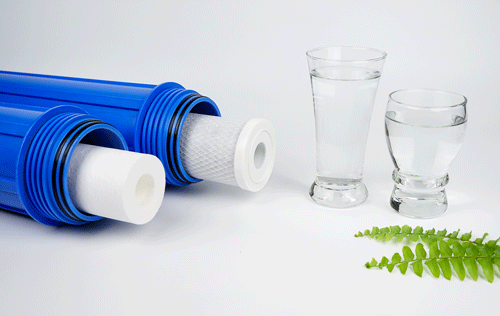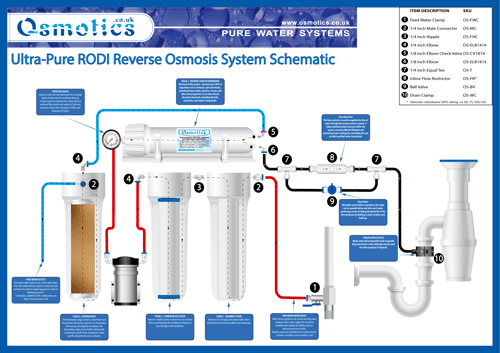Product added to cart
19July
19July

19July
19July
Understanding the Main Types of Sediment Filters for Water Filtration
When it comes to maintaining clean and safe water for our homes or businesses, filtration is key. Sediment filters play a vital role in removing impurities and particles from our water supply. In this article, we will explore the main types of sediment filters used in water filtration systems, including wound filters, spun filters, pleated filters, and string filters. Understanding these different filter types will help you make an informed decision when choosing the right filter for your specific needs.
1. Wound Filters
Wound filters, also known as depth filters, are made from a tightly wound string around a central core. These filters are highly effective at capturing sediments, such as sand, silt, and rust. As water passes through the filter, the tightly wound string traps and removes the particles, ensuring cleaner water. Wound filters are available in various micron ratings, allowing you to choose the level of filtration required based on the water...


